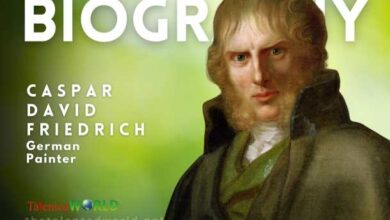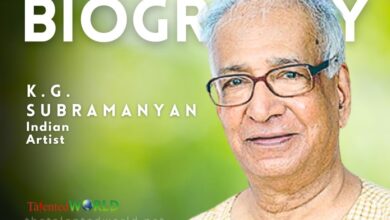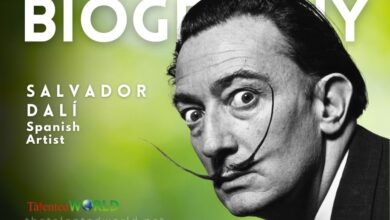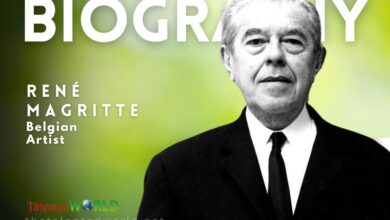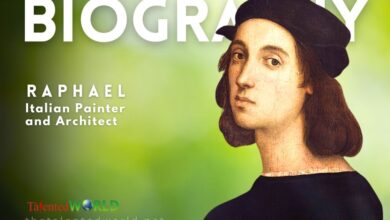
Quick Facts
| Fact | Detail |
|---|---|
| Full Name | Markus Yakovlevich Rothkowitz |
| Known As | Mark Rothko |
| Born | September 25, 1903 |
| Place of Birth | Dvinsk, Russian Empire (now Daugavpils, Latvia) |
| Died | February 25, 1970 (aged 66) |
| Place of Death | New York City, U.S. |
| Nationality | American |
| Alma Mater | Yale University |
| Known For | Painting |
| Art Movements | Abstract expressionism, color field |
| Spouses | – Edith Sachar (1932–1943) – Mary Alice “Mell” Beistle (1944–1970) |
| Children | – Kate Rothko Prizel (b. Kathy Lynn Rothko, 1950) – Christopher Rothko (b. 1963) |
| Patrons | Peggy Guggenheim, John de Menil, Dominique de Menil |
| Notable Works | Color field paintings with irregular rectangular regions of color (1949-1970) |
| Early Life | Emigrated from Dvinsk (Russian Empire) to Portland, Oregon, later moved to New York City |
| Early Artistic Themes | Urban scenery, mythological themes, Surrealism |
| Signature Style | Rectangular color forms |
| Mural Projects | – Seagram murals – Harvard Mural series – Rothko Chapel |
| Seagram Murals | Intended for Four Seasons Restaurant, later donated to museums including Tate Gallery |
| Harvard Murals | Donated to Harvard’s Holyoke Center (now Smith Campus Center); colors faded but restored using special lighting |
| Rothko Chapel | Contributed 14 canvases to a permanent installation at the Rothko Chapel in Houston, Texas |
| Later Life | Lived modestly despite increasing resale value of his paintings |
| Record Sale | Painting No. 6 (Violet, Green and Red) sold in 2014 for $186 million |
| Legacy | Best known for his contributions to abstract expressionism and color field painting, with a significant impact on modern art |

